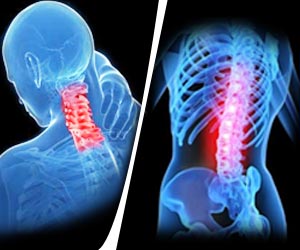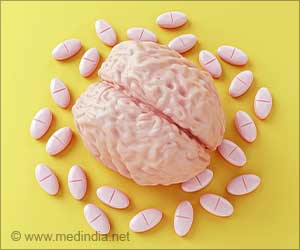The cortical neurons identified could be a potential target for treating the tactile component of neuropathic pain, via drugs or possibly brain electrical stimulation.

‘In neuropathic pain condition, neurons that originate in the brain's cortex influence sensitivity to touch.
’





The circuit could help explain why mind-body techniques to control pain seem to help many people.
"We know that mental activities of the higher brain -- cognition, memory, fear, anxiety -- can cause you to feel more or less pain," says Woolf. "Now we've confirmed a physiological pathway that may be responsible for the extent of the pain. We have identified a volume control in the brain for pain -- now we need to learn how to switch it off." A mind-body pathway
Pain sensation was previously believed to originate with neurons in the spinal cord receiving sensory information from the body and relaying it on to the brain. The new study found that a small group of neurons in the cortex can amplify touch sensation, sending projections to the same parts of the spinal cord that receive tactile sensory information from the body (known as the dorsal horns).
"The anatomy of this circuit has been known for some time, but no one actually looked at its function before," says He.
"In normal conditions, the touch and pain layers of the spinal cord are strongly separated by inhibitory neurons," elaborates Alban Latremoliere, PhD, one of four co-first authors on the paper. "After nerve injury, this inhibition is lost, leading to touch information activating pain neurons. When the spinal neurons that are supposed to be pain-only send this information to the brain, we feel pain."
Advertisement
Teasing out nerve circuits
Advertisement
He notes that some clinicians have tried using brain stimulation as a way of treating neuropathic pain, not always successfully. "Our findings might help us target the stimulation to particular areas or groups of neurons," says He. "It might be interesting to look at clinical data and try to replicate the stimulation in animals, and see what kind of stimulation would silence these neurons."
With functional imaging technologies, investigators could probe what kinds of interventions maximally inhibit this circuit, adds Woolf.
"We now have the ability to silence or activate whole groups of neurons and image their patterns of electrical firing with single-neuron resolution," he says. "None of this was possible 10 years ago."
Source-Eurekalert











